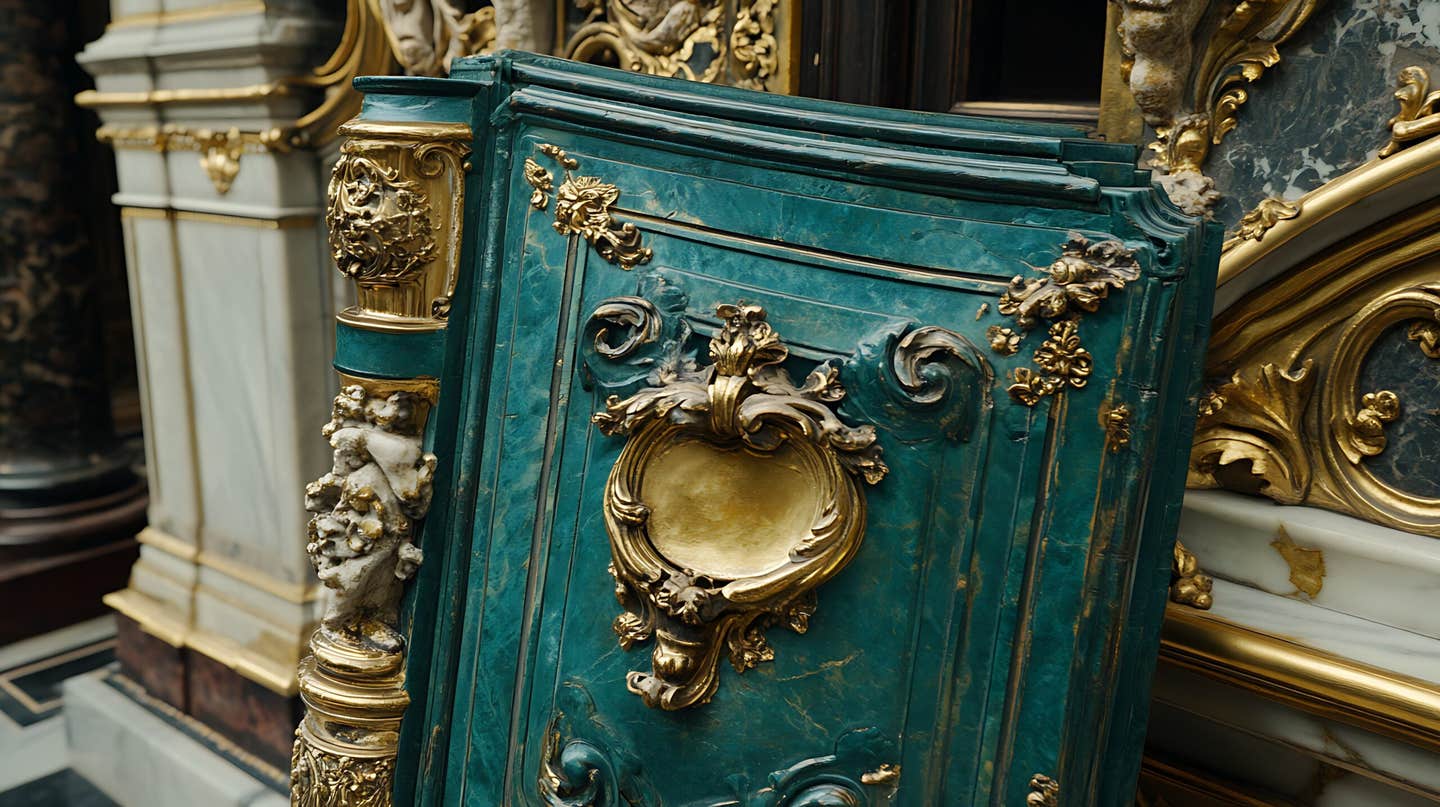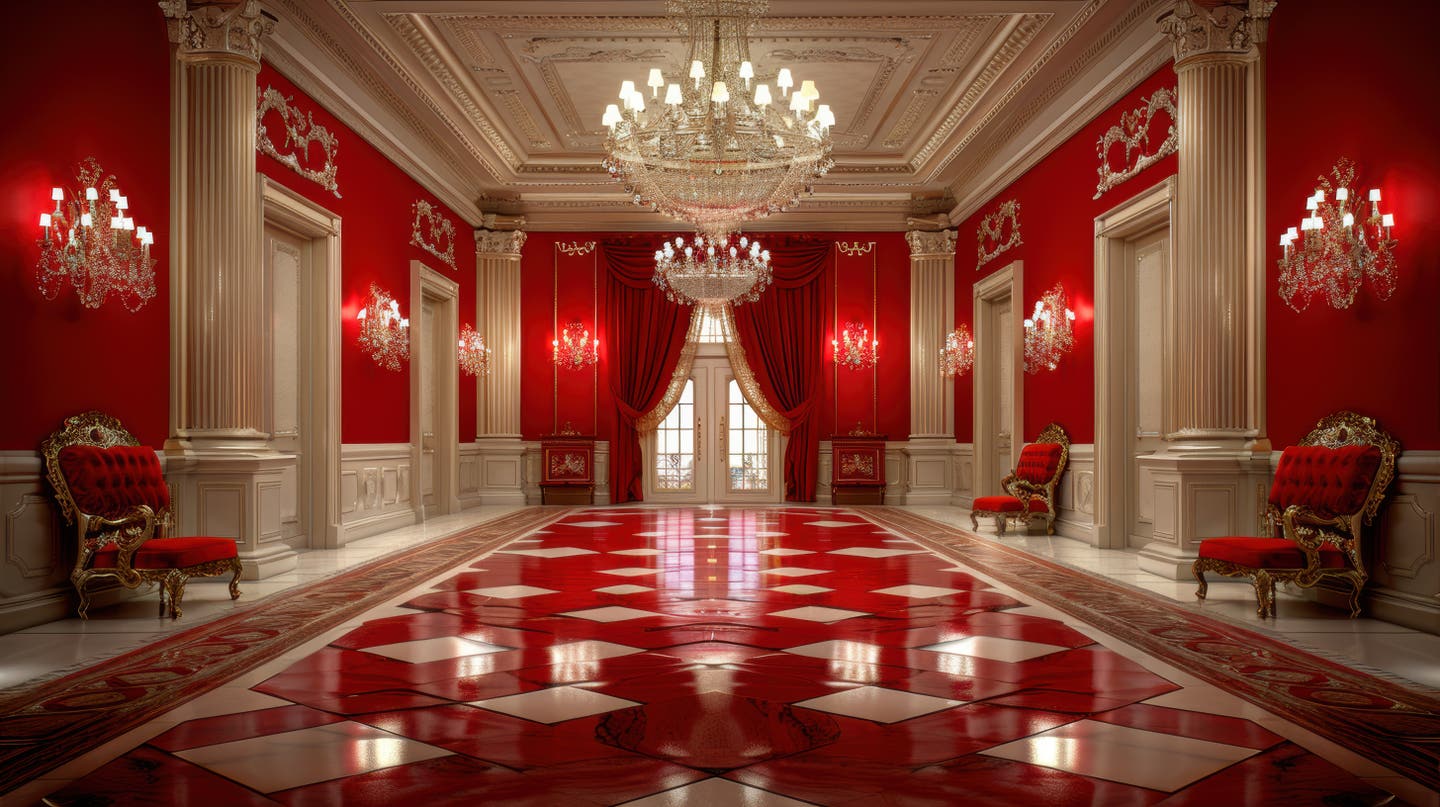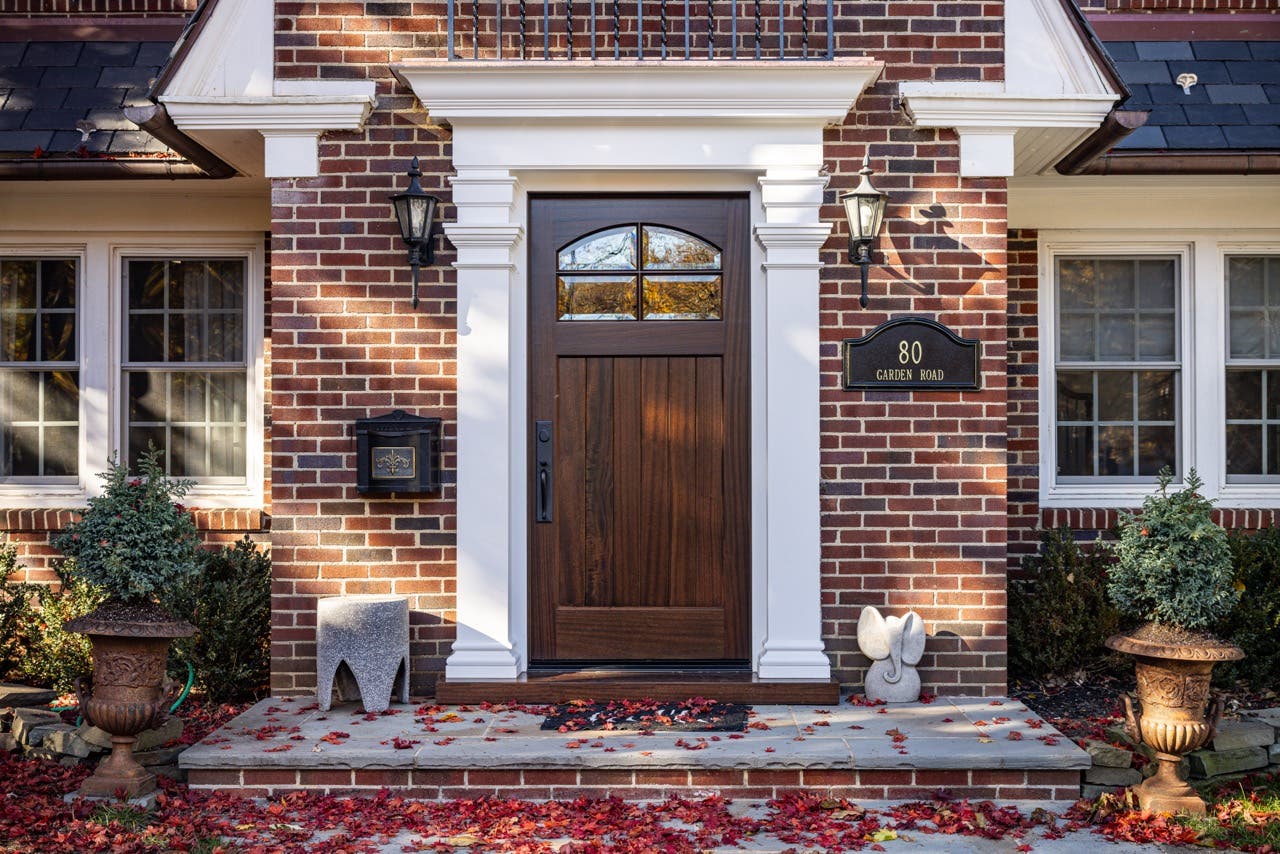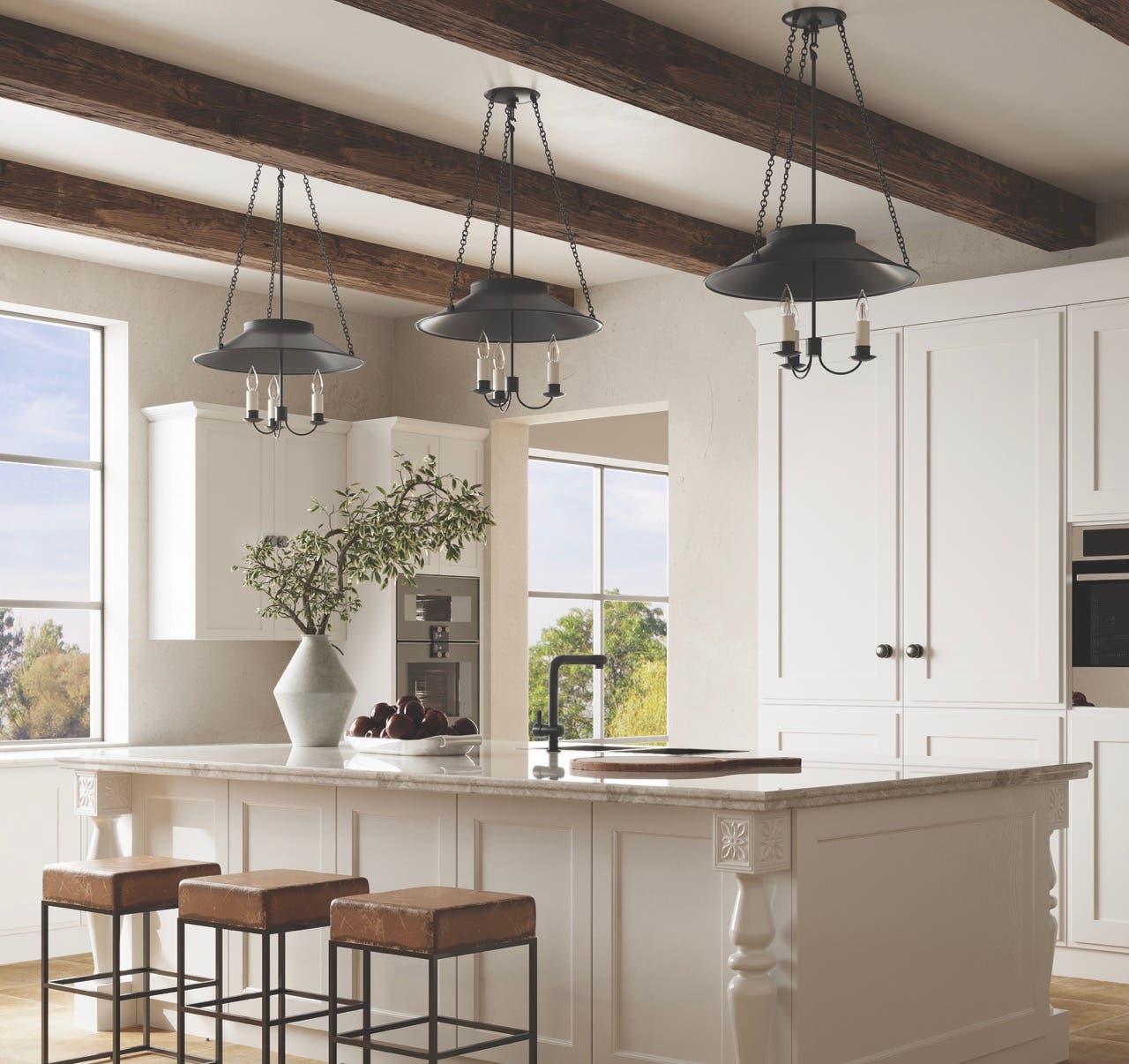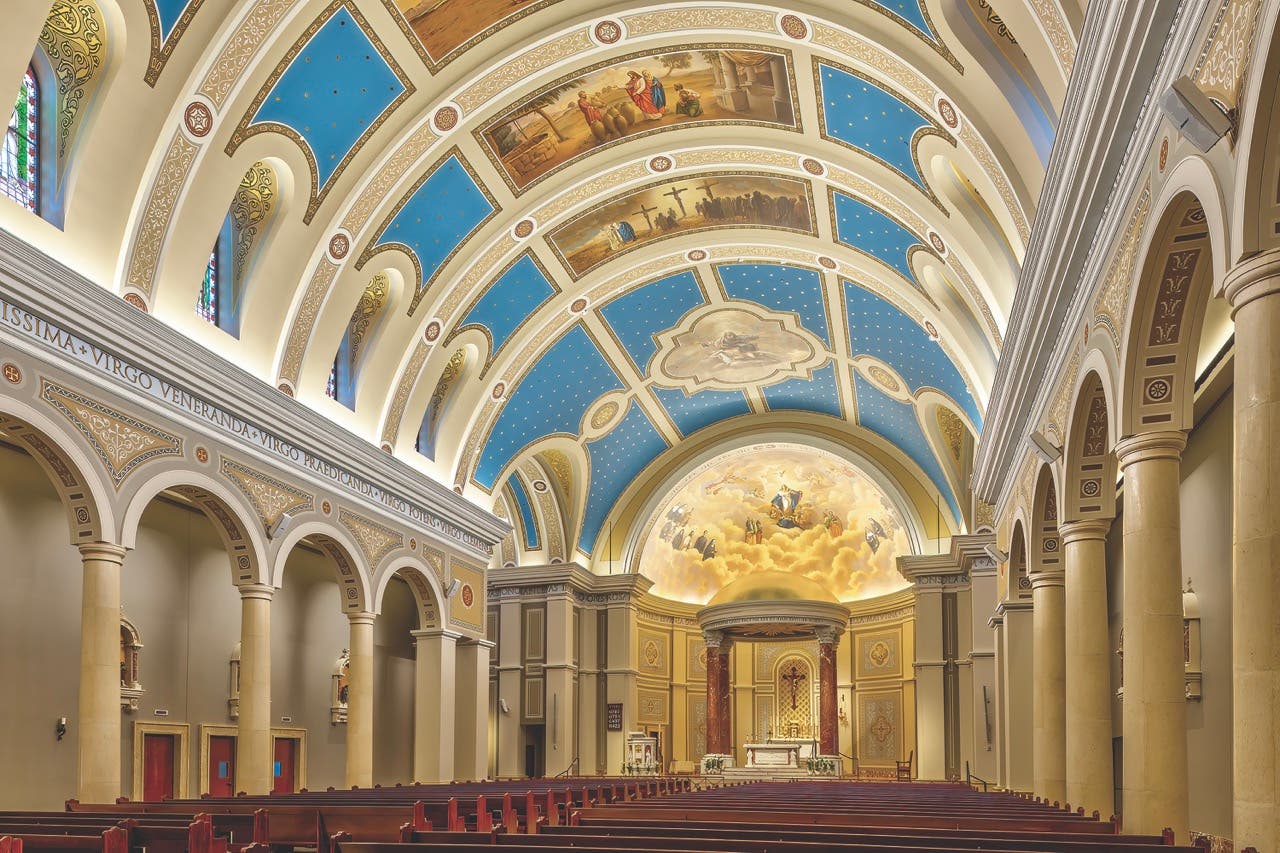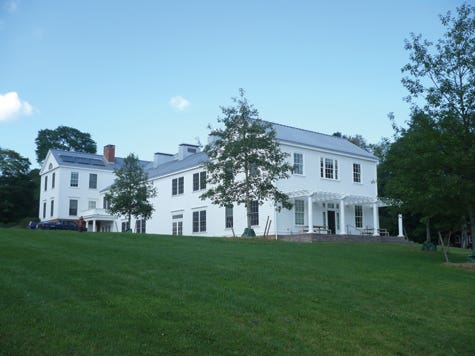
Product Reports
Solar Energy in Perspective

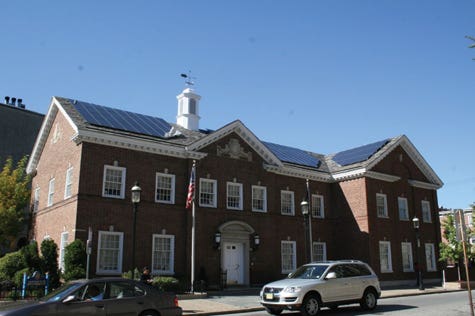
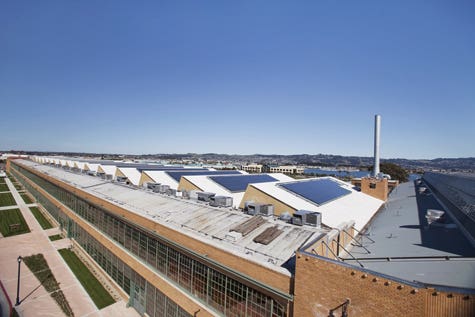
A new department focusing on energy conservation in historic and new traditionally styled buildings
While it is generally acknowledged that sustainability is achieved in the overall design of a building rather than through what is sometimes called "gizmo green," it is also true that technology does have its place in the big picture. For this first installment of "Green Lights" in Traditional Building magazine, we are focusing on photovoltaic technology, primarily solar panels to supply electricity in historic buildings.
John H. Cluver, AIA, LEED AP, partner at Voith & Mactavish Architects (VMA) in Philadelphia, explains it this way: "A primary consideration for me when looking at photovoltaic systems for existing buildings is the opportunity cost. While they are a very overt nod toward sustainability, on an existing/historic building they may not be the most sustainable way to spend capital dollars. The energy (and cost) savings from a PV system could be a fraction of what could be achieved by spending the same money on other improvements such as weather-stripping, filling of foundation sill plate gaps, boiler/furnace upgrades, insulation, efficient appliances, and programmable controls. 'High tech' solutions such as PV should be considered only after addressing these basics, and, even then, there are other technologies such as solar hot water and condensing boilers, which may still be a better investment."
But this doesn't mean that he is against the use of solar energy.
"On a flat roof, a photovoltaic system can be a great thing," he says. "The panels can be oriented properly for maximum efficiency, they can help reduce the amount of heat absorbed by a flat roof in the summer, and their visual impact on the building is typically minimal, especially if there are parapets. On a pitched roof, however, the visual impact can be much greater, as can the physical impact of the mounting brackets on the roofing materials."
VMA used solar technology for the new 24,000-sq.ft. Science and Math Center at Millbrook School, Millbrook, NY, completed in 2008, and is considering it for an upcoming project at The Hotchkiss School in Lakeville, CT. "We used solar in two ways," says Daniela Holt Voith, AIA, LEED AP, partner. "Solar water heating satisfies 100% of the building's hot water demand and a small array of photovoltaic panels is a demonstration/learning tool. This array is tied to a 'green screen' in the front vestibule, which shows how much electricity is being generated by the photovoltaic panels and used in the building."
Reducing electricity demand through energy efficiency – and then meeting all or part of that demand with a solar system – is a great path to significant savings and environmental stewardship, according to Ingrid Ekstrom, spokesperson for SunPower Corp. of San Jose, CA. "Every potential solar project must be first evaluated for its suitability for solar, regardless of whether it is a historic property. An assessment would include the structural integrity of the roof, available rooftop space, and site characteristics such as building orientation," she says. "High efficiency solar panels are a good choice for historic buildings. They generate up to 50% more power than conventional solar panels, so fewer panels are needed to meet energy goals, reducing building impacts."
Cluver adds, "Photovoltaic systems are constantly improving their efficiency, and as a result the cost per kW of power generated is dropping. A project that might not have made economic sense five years ago might make sense five years from now. I'm hoping that the technology will follow a trajectory like that of cell phones, which in a short period of time went from expensive, clunky equipment to sleek, affordable devices that are ubiquitous. The trick with historic buildings will be to find ways to discretely incorporate them into the architecture that allows them to be functional, yet respectful of historic character, much like we do today when upgrading other building systems."
For More Information
On the solar industry and lists of product suppliers, contact the Solar Energy Industries Association, www.seia.org.
On solar energy in historic districts, see Managing Expectations, Solar & Historic Preservation Case Study conducted by the North Carolina Solar Center. http://ncsc.ncsu.edu/wp-content/uploads/NCSC-Managing-Expectations-Case-Study_FINAL.pdf
On the National Park Service, U.S. Department of the Interior, Standards for Rehabilitating Historic Buildings, Incorporating Solar Panels in a Rehabilitation Project.



